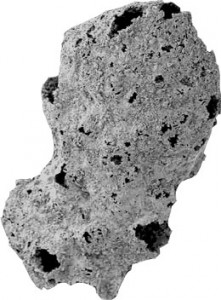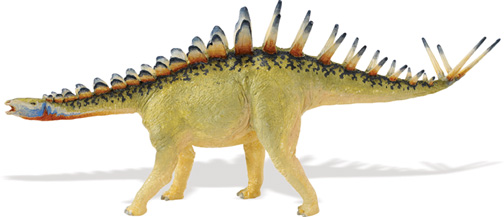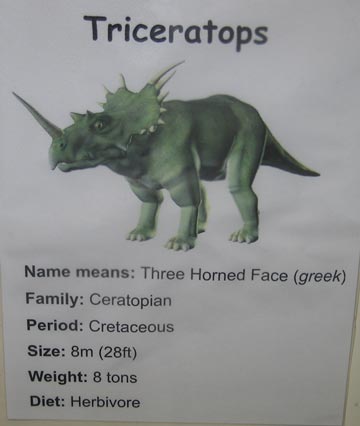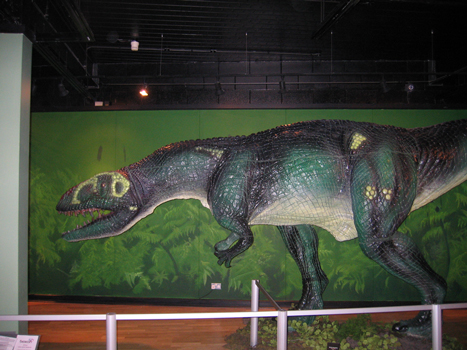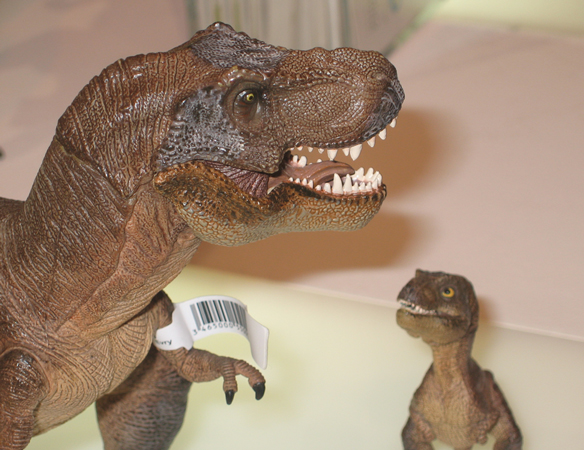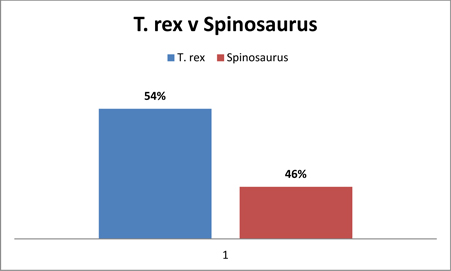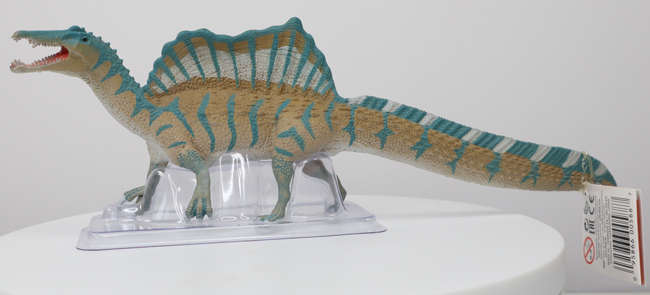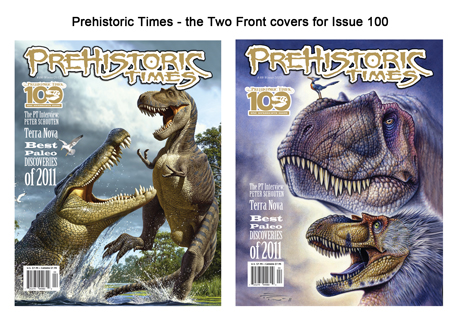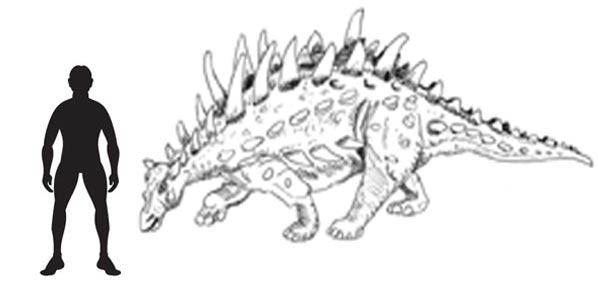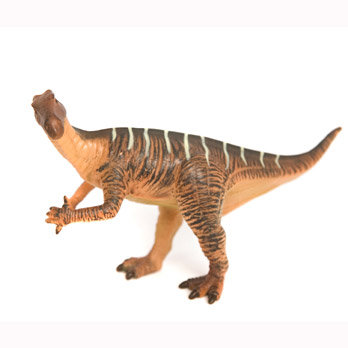Oldest Animal Fossils Discovered According to New Research
Namibian Desert Discovery Dates First Animals to 700 million years ago (Approximately)
An international team of scientists think they may have discovered the microscopic fossils of the earliest known animal life form on Earth. The researchers including geologists from St Andrews University (Scotland); have identified sponge-like fossils found in ancient Namibian rocks. The strata, laid down at a time when the area now known as Etosha National Park, was a marine environment, preserve the delicate, minute calcium carbonate based skeletons of sponges pushing back the origins of the Animalia by tens of millions of years.
Oldest Animal Fossils
Sponges are classified into their own distinct phylum by scientists – the Porifera. They are amongst the most simple of all multi-cellular life forms. Water passes through pores at the surface of the organism, often to a central cavity which represents the sack-like body, the water is filtered and tiny organic particles trapped and absorbed by the sponge with the rest of the water being ejected out of a large hole out of the top (active or passive ejection). Sponge fossils are known from around 600 million years ago, the rocks that the international team of scientists have been studying are known to be at least between 760 and 550 million years old.
Sponges are essentially organised colonies of cells. Different cells have different functions, forming simple tissues and other structures. Most sponges are marine, but some do live in freshwater. All our sessile, living on the sea or lake bed, some have stalks for helping them to adhere to a rock or a piece of seaweed.
Sponge fossils start to become abundant in Cambrian aged strata (around 540 million years old), although some Protospongia (first types of sponge) fossils believed to be sponge spiricles have been dated to the end of the Ediacaran Period around 560 million years ago, however, these new discoveries could push the origins of the first animals back to the geological period before the Ediacaran, a time known as the Cryogenian Period – a time when planet Earth was plunged into a global Ice Age.
Dropstones (rounded boulders transported by glaciers and deposited) provide evidence of a global glaciation event around 700 million years ago. Although, still controversial, many scientists now believe that most of the planet was covered in ice for a significant part of the late Neoproterozoic. This theory “Snowball Earth” was popularised by the likes of the British-Australian geologist Sir Douglas Mawson, who postulated that at sometime during Earth’s ancient past ice sheets covered almost all of the Earth’s surface, even at the equator.
University of St Andrews’ geologists Donald Herd, Stuart Allison and Dr Tony Prave played an important role in the discovery and analysis of these tiny structures. The fossils described as “hollow globs”, could be classed as examples of Protospongia, essentially the ancestors of all animals, including our own species.
Electron Scanning Image of a Microscopic Structure
Picture credit: University of St. Andrews
The picture reveals evidence of different sized holes, to pass sea water through and to expel it – evidence of a primitive sponge-like organism.
The Scottish based scientists worked closely with colleagues from the Ditsong Museum (South Africa) and Mr Karl-Heinz Hoffmann of the Namibian Geological Survey to study the sedimentary rock samples and classify the minute fossil remains. The scientific paper, written by fellow researchers from the University of Witwatersrand (S. Africa), has been published in the South African Journal of Science.
Named Otavia antiqua, (the name translates as “old one from the Otavia Formation”) the sub-millimetre-sized fossils may have existed before the great glaciation of our planet. If these organisms evolved before “Snowball Earth”, they survived its extremes, challenging contemporary scientific theory that suggests that complex life did not evolve until after the Earth thawed out.
This new research suggests that the Porifera (sponges) may have evolved as much as 100 million years earlier than previously thought. A team of Australian and American scientists studying microscopic fossils from the Flinders Formation of Australia identified sponge-like fossils that may have been laid down between 650 and 640 million years ago.
To read more about the Australian discovery: South Australian Fossils indicate “Earliest Animals”.
Until the discovery, it was thought that the first animals emerged between 600 and 650 million years ago, as calculated, in part by the study of rocks in the Flinders Formation of South Australia. The international team’s findings echo the predictions of the key dates of early life forming by geneticists studying the ‘molecular clocks’ of other species.
The idea of a molecular clock is based on the concept the evolutionary advances occur at regular time intervals. If it is assumed that the rate of mutation in an organism’s DNA has not changed over time, scientists can work out the “genetic distance” between two types of animal and then work backwards to calculate the approximate time when these two types of organism diverged from a common ancestor.
Commenting on the discovery, Dr Prave, a co-author of the research paper stated:
“The findings are a tribute to the labours of Bob Brain who has worked tirelessly for the better part of two decades hunting for such fossils. It was deeply satisfying to hold them in the palm of your hand and realise that these could mark the advent of animals.”
The work of the ten-person team has led to the identification of tiny sessile, sea creatures pierced by different-sized openings that were probably used to pass nutrients into their bodies. The scientists also found a “network of internal passageways” believed to be the remains of a primitive gut.
Dr Prave also stated:
“What is remarkable is that this organism appears to have evolved before, and survived through, the environmental extremes of snowball Earth. This implies that the causes and conditions for the evolutionary leap from bacteria to animals have to be searched for much deeper in time than previously thought.”
A spokesperson from Everything Dinosaur commented:
“This new research could push back the origins of the Animalia into the Cryogenian Period, but the consequences of this study could have implications beyond our own planet and suggest the intriguing possibility of Metazoan-like organisms existing elsewhere in the solar systems such as on the frozen moon of Jupiter known as Europa.”
Everything Dinosaur acknowledges the University of St. Andrews material in helping to put together this article.
For models and replicas of early animals from the Palaeozoic (whilst stocks last): Safari Ltd. Palaeozoic Models and Prehistoric Animals.


